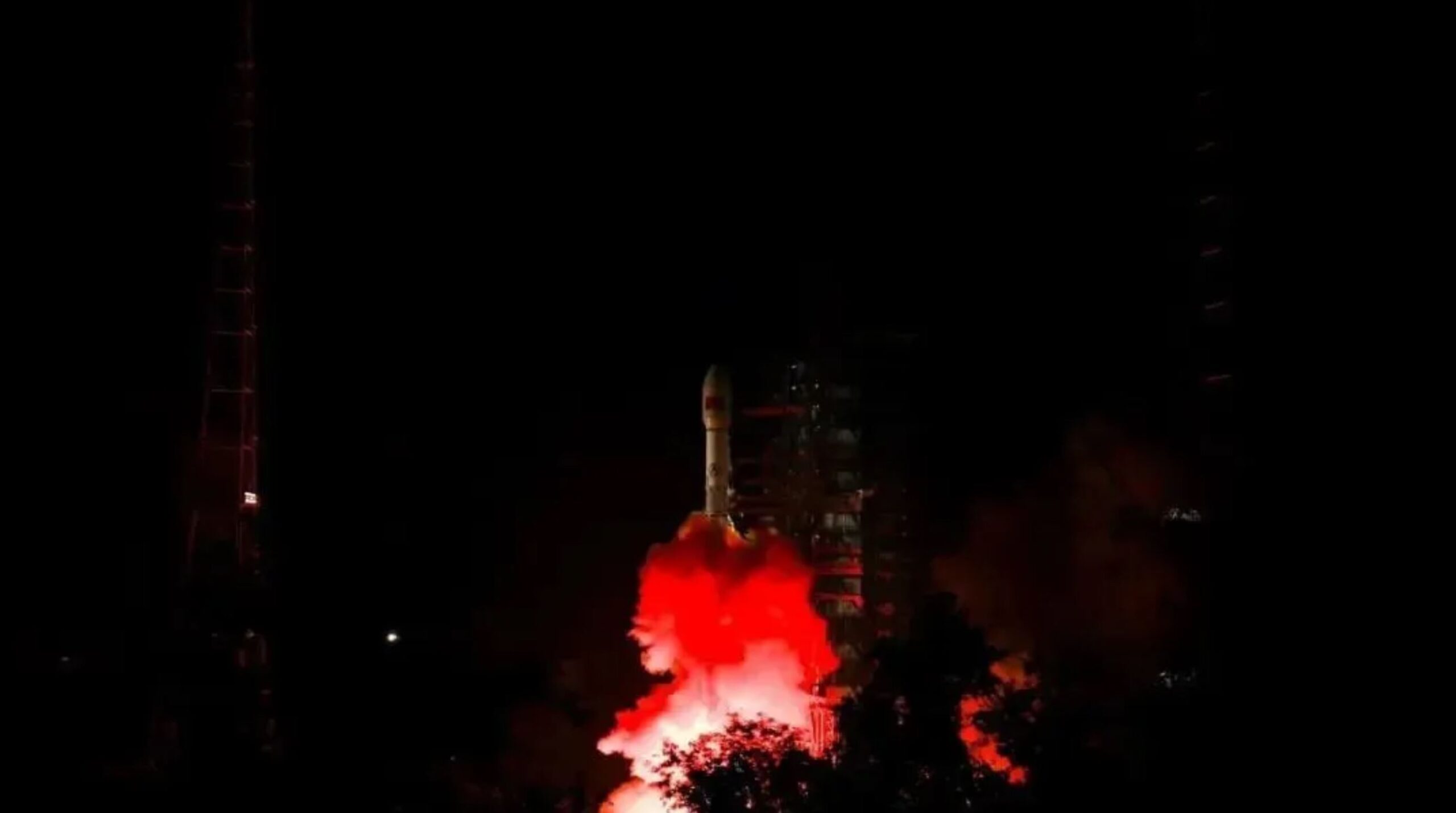HELSINKI — China sent the Zhongxing-2E into geosynchronous transfer orbit Thursday with the launch of a Long March 3B rocket from Xichang.
The Long March 3B ignited at 12:30 p.m. Eastern August 5, rising above the hills of the Xichang Satellite Launch Center in Sichuan province after midnight local time.
The China Aerospace Science and Technology Corp. (CASC), the country’s giant state-owned space contractor, declared the launch successful less than an hour later.
CASC’s China Academy of Launch Vehicle Technology (CALT) provided the launch vehicle, while another major CASC subsidiary, the China Academy of Space Technology (CAST), developed the satellite.
China Satellite Communications Co., Ltd. (China Satcom) will operate Zhongxing-2E. The satellite, also known as ChinaSat-2E, will provide television, radio, broadband multimedia and other transmission services.
The launch was China’s 28th of 2021 and follows the surprise launch of a Long March 6 from Taiyuan August 4 and the failure of the third Hyperbola-1 commercial rocket a day earlier. The cause has been isolated as payload fairing separation failure.
Surprise. China just launched (11:01 UTC) a Long March 6 rocket from Taiyuan carrying a pair of “Beita”/Beta sats developed by Shanghai Engineering Center for Microsatellites. No idea this was about to happen. Launch #27 for China in 2021 https://t.co/hEXzgp2MYo pic.twitter.com/Bjf1pTz1HS
— Andrew Jones (@AJ_FI) August 4, 2021
The Long March 3B is 56 meters long, with the first and second stages using a hypergolic propellant mix of dinitrogen tetroxide and dimethylhydrazine. The launcher also has four hypergolic side boosters and a cryogenic third stage.
The Long March 3B is used mainly for launches to geosynchronous transfer orbit. It also launched numerous pairs of Beidou GNSS satellites into medium Earth orbit. Falling stages have frequently landed downrange on or near inhabited areas. China takes safety precautions including evacuations and is working on solutions to debris issues.
2021 launch plans
China plans to launch seven further Long March 3B rockets in the remaining five months of 2021, CALT stated post-launch.
CASC is aiming to launch more than 40 times in 2021, and has so far been successful with all 26 launches this year. CASC also conducted a test flight of a suborbital vehicle for a reusable space transportation system.
The Hyperbola-1 solid rocket developed by private firm iSpace has accounted for both of China’s two failures. The firm is meanwhile preparing for hop tests of a test vehicle. The tests are part of development of the Hyperbola-2 with a reusable methane-liquid oxygen first stage.
Chinese commercial firms including Expace, China Rocket, Landspace and Galactic Energy are also preparing for launches of Kuaizhou-1A and Kuaizhou-11, Jielong-1, Zhuque-2 and Ceres-1 rockets respectively in the coming months.
